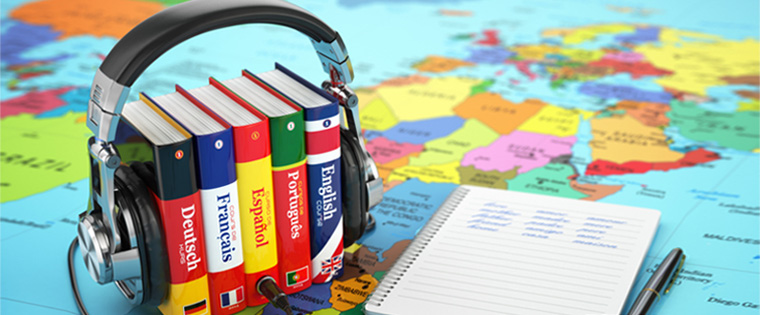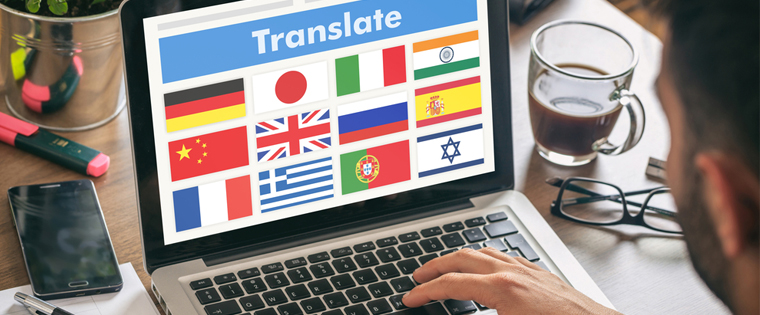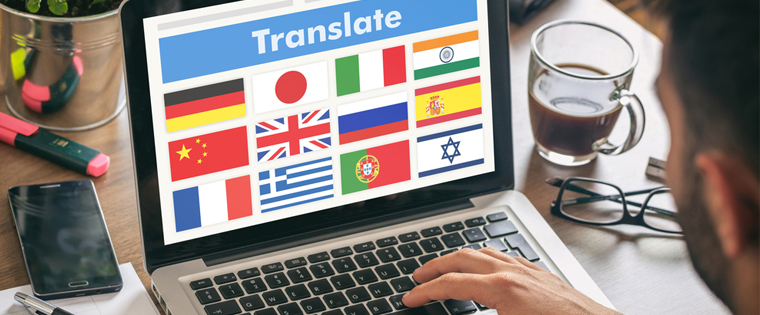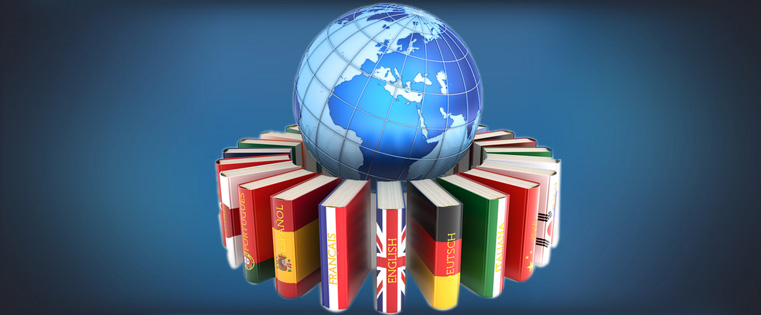Why Translation Is Crucial For The Success Of Your Training Program?
This blog shows the importance of translation in making you e-learning program a global success.

As the power of globalization increases, companies are having increasingly widespread business models. Businesses spread across different countries or continents mean dealing with a workforce that is culturally and linguistically diverse. In such a setup, effectively and evenly training everyone becomes a major challenge. Training material developed in a particular language might not be understood well enough by a particular section of your employees. Even if it is understood, the barrier of cultural differences might make certain things inappropriate and make the target audience feel uncomfortable. English might be the language of the globe, but not everyone who knows it prefers to learn in it.
Translation and localization acts as an important bridge that connects your geographically and culturally diverse workforce. It is an invaluable process that evenly trains your entire workforce to achieve the common goal of your company’s progress.
So how can you effectively translate your training material without it losing its impact on the employees? Below are some of the things you should consider as you dive into the translation process:
Consider translation as part of course development
When you translate and localize a course, content can decrease, increase, or change altogether. This can significantly alter the layout and spoil the entire look and feel of the course. Hence, it is necessary that the need for translation is identified early in the development stage itself. This way, design elements and content feel tailored as per the new language and not just something put together roughly. Content created while keeping this in mind will circumvent common translation mistakes and make the course equally impactful in the target language.
Bring certified linguistic and subject matter experts on-board
It is always best to rely on experts for error-free and accurate translations. Do-it-yourself translations can usually end up in a mess as each language works in a different manner, and literal translations rarely work. It would be a bonus if the language expert is also an expert on the topic at hand. The technicalities of a subject might be too intricate and specialized for a linguist to handle. So it best to have a certified subject matter expert onboard so the technicalities are not lost in translation.
Take special care of multimedia elements
If you have audio or video elements in your course, then special care must be taken to localize them. If translating the voiceover of a video is not gelling well with the onscreen visuals, consider using subtitles. While translating audio elements, the accents of the speaker should be taken into account as well. Take the opinion of multiple linguists to ensure that the accent is easily understandable and appropriate. As a thumb rule, it’s always best to not include text on the graphical images used. This can greatly speed up the translation process as only the text needs to be changed.
Culture-proof the content
Localizing a course is more than just changing the language. Not only should the language of the course be changed but also the content, wherever necessary, to suit the target-country. An Indian national might interpret a visual as one thing, but it might have a completely different implication for an Arabic citizen. Other elements such as role-playing games, real-life scenarios must also be appropriated according to the country. Use of symbols and fonts should also be carefully evaluated to make the learning experience better.
Translation, if done right, can add many more stars to your training program and thus to your company. Below are some of the ways in which translation and localization is beneficial for your organization:
- Multilingual trainings enable you to reach a wider audience. This increases the return on investment on the e-learning development costs.
- Employees trained in a language most comfortable to them display better knowledge acquisition and retention rates. This increases the effectiveness of your training program.
- Proficiently trained employees in multiple countries mean your business can grow exponentially. Employees trained in their native language have a better chance to bag local businesses as well.
- Having a training program in multiple languages can reinforce your brand’s global presence. This builds credibility among your employees and increases their loyalty toward your company.
Translation helps you connect better with a globally-dispersed learner audience in a meaningful way. It removes the limitations imposed by e-learning products and can assist in increasing your training return on investment. So make your training program more impactful by going native.





